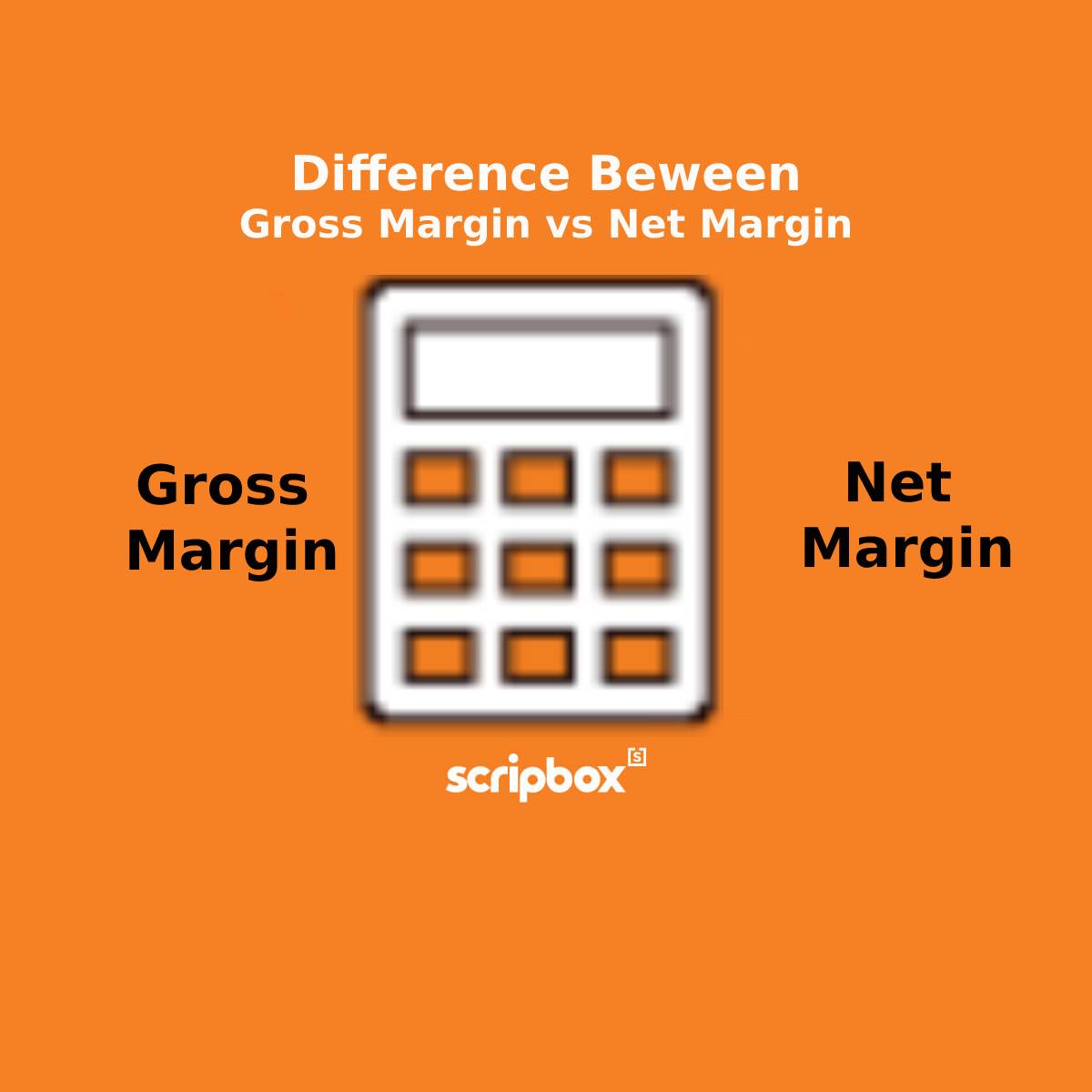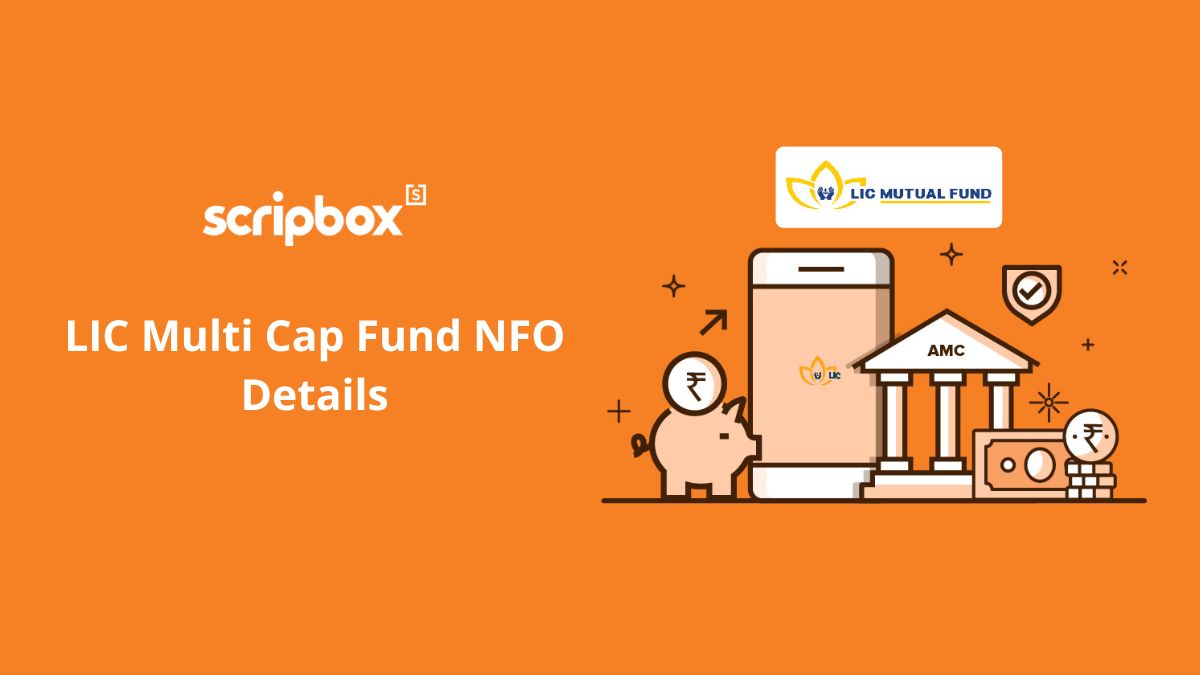Mutual funds are gaining popularity because they deliver attractive returns to investors. Also, these funds are managed by professional fund managers with expertise in this domain. If you are a new investor in mutual funds, you must know the costs associated with investing in them. This article covers the types of mutual fund charges and SEBI regulations for mutual fund charges. These charges are levied by AMCs or fund houses which investors incur.
Mutual Fund Charges
The Asset Management Company (AMC) manage the mutual fund schemes. A fund manager manages the mutual fund scheme. Also, a fund manager is backed by a team of market experts and financial analysts. Managing mutual funds and other services of mutual funds incurs certain costs, which SEBI approves. In other words, managing a massive amount daily while striving to overcome market risk is very challenging. Therefore, mutual fund companies charge a specific fee for their services which is SEBI approved.
This fee includes advisory fees, operational costs, registrar and transfer agent fees, legal and audit fees, investment management fees, etc. In simple words, all the expenses involved in managing a mutual fund together is the total expense ratio. It is the fee charged by every mutual fund scheme to manage funds on behalf of investors. It is charged annually and expressed as a percentage. For instance, if you invest Rs.10000 in a mutual fund scheme, and the expense ratio is 2%, then you pay Rs.200 as a fee to the fund house.
What are the Types of Mutual Fund Charges?
There are two types of mutual funds that investors incur, namely, one-time charge and recurring charge.
- Recurring Mutual Fund Charges
- One-Time Mutual Fund Charges
Know the Scripbox Pricing Plan
Recurring Mutual Fund Charges
Recurring mutual fund charges are also known as periodic fees, where this fee is applicable on a monthly, quarterly and annual basis. This fee is charged for portfolio management, advertising, marketing and other expenses.
Management Fee
The fund manager possesses a high level of expertise, relevant knowledge and professional credentials. Hence, this fee is an expense charged for paying fund managers and their team for their services related to the fund and management of the fund.
Account Fee
Some AMCs request investors to maintain a minimum balance in their trading accounts. The AMC will deduct the amount from your mutual fund portfolio if you do not meet the minimum balance criteria.
Distribution and Service Fee
The fund houses charge the distribution fee from the investors for advertising and marketing a mutual fund scheme. These promotional activities keep the investors informed. Also, it helps the fund manager to garner adequate funds.
Switch Price
When investors want to switch funds from one scheme to another, the AMC charges the Switch Fee. They can choose to transfer the funds fully or partially.
One-Time Mutual Fund Charges
As the name suggests, the one-time mutual fund charges are those that investors incur only once at the time of initiating the mutual fund investment. They include load, entry load and exit load charges.
Load
A load is basically a commission or fee that the AMCs charge before or after the investment. Sometimes, investors also have to pay early withdrawal or redemption charges if the units are redeemed before the expiry of the scheme.
Entry Load
An entry load is a nominal fee that the investors pay to the fund house when they purchase a fund unit. However, this fee does not apply to all mutual fund schemes.
Exit Load
An exit load is a fee that the mutual fund levies on investors when they decide to redeem their mutual funds. The exit load fee ranges from 0.25% to 4%, depending on the type of mutual fund scheme. This fee ensures that the investors stay invested until the lock-in period is complete. However, no exit charges apply if investors redeem funds after the lock-in period.
For instance, if the fund price is Rs. 700 and you decide to redeem funds within the lock-in period. It will be mandatory for you to pay Rs.7 per unit if the exit load is 1%.
Recommended Read: Mutual Funds with No Exit Load
What is Contingent Deferred Sales Charge (CDSC)?
The Contingent Deferred Sales Charge (CDSC) is an exit load or back end charge that the mutual fund investors pay when the units are redeemed within a specific time period after purchasing it at a prevailing NAV. Also, these charges decline as the holding period increases.
It is also referred to as the percentage value of units sold and can change with every mutual fund. In the first year, this charge is the highest and slowly decreases annually till the end of the period, where CDSC ultimately drops to zero.
For instance, 3,2,1,0 is the contingent deferred sales charge. This means that the exit of 3% is applicable if an investor exits within a year; 2% if the investor exists within two years; 1% if the investor exists within three years and no load is applicable if the investor exists after three years.
What are the SEBI Guidelines for the Mutual Fund Charges?
The following table shows the SEBI Guidelines for equity and debt mutual funds TER limit –
| Average Net Assets | Limit for Equity Funds | Limit for Debt Funds |
| Up to Rs.100 Crores | 2.5% | 2.25% |
| Rs.100 to Rs.300 Crores | 2.25% | 2% |
| Rs.300 to Rs.600 Crores | 2% | 1.75% |
| On the Balance Sheet | 1.75% | 1.50% |
To simply conclude, as an investor you must evaluate the expense ratio before investing in any mutual fund scheme.
Discover More























Show comments